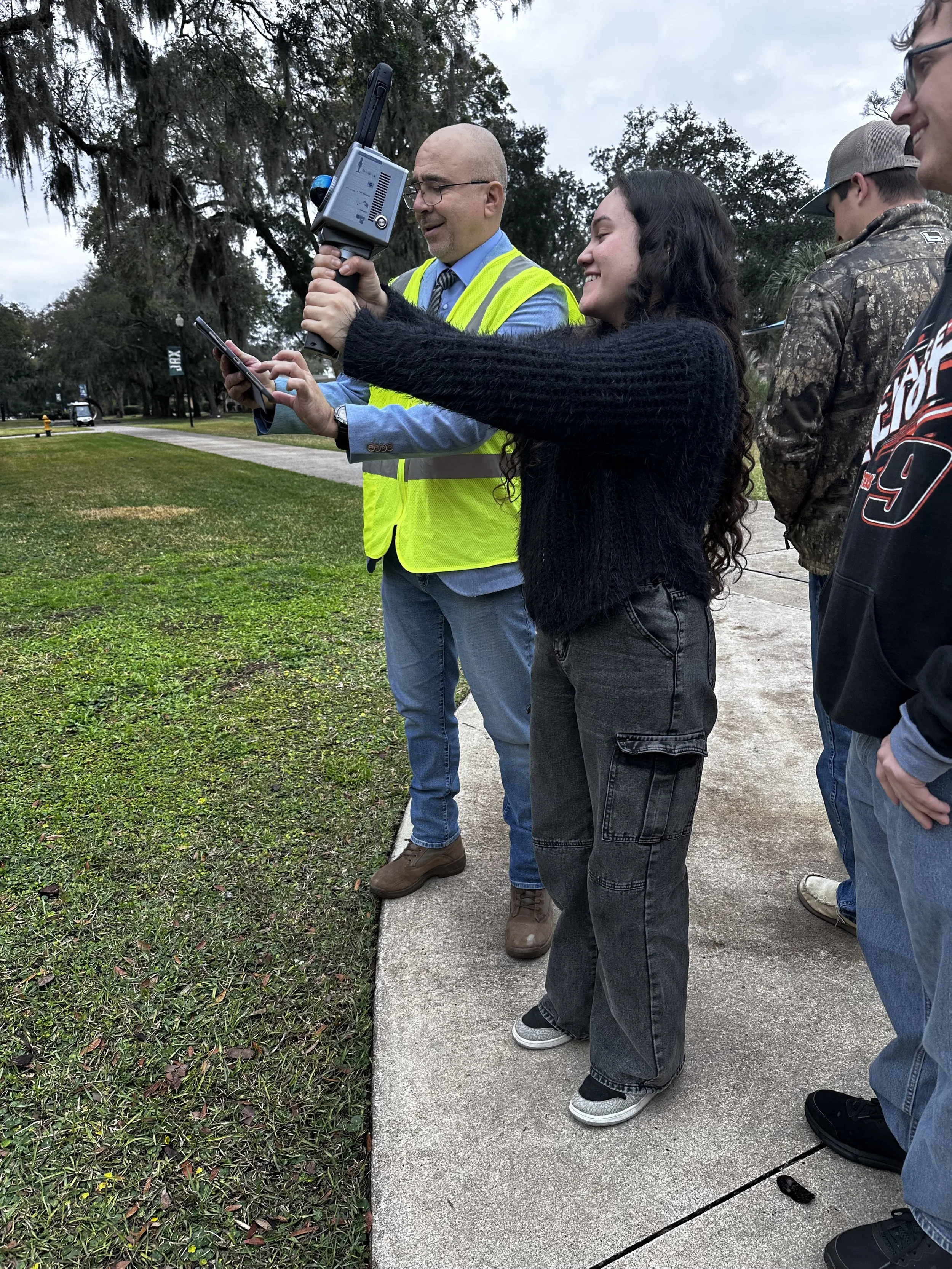Thermodynamic optomization project
In this project, my team and I conducted a comprehensive thermal performance evaluation of the Jacksonville University STEAM Building. Using FLIR Thermal Studio, LiDAR scanning, and weather datasets from NOAA, we assessed energy losses through walls, windows, and structural framing to quantify inefficiencies and propose cost-saving improvements.
Key Contributions
Data Collection & Analysis: Captured surface temperature data with infrared imaging and processed dimensional scans with the FJD Trion LiDAR system to create 3D thermal maps.
Thermal Calculations: Computed thermal conductivity, heat transfer coefficients (U-values), and annual heat loss using Fourier’s law of conduction.
Economic Impact Assessment: Estimated annual energy losses of 942 kWh (net heat gain), resulting in an added $124,000+ in cooling costs.
Optimization Strategies: Proposed retrofits including multi-pane low-E windows, improved air sealing, and thermal breaks, paired with smart lighting systems and adaptive thermostats.
Results & Impact
Our analysis identified windows and unsealed openings as the largest contributors to energy inefficiency. The proposed retrofits could:
Reduce annual energy loss by 26,000–30,000 kWh.
Save $3,400–$4,000 annually in operating costs.
Achieve an overall 12–17% reduction in energy consumption through smart building technologies.
Skills Demonstrated
Applied heat transfer and thermodynamics principles to real-world infrastructure.
Leveraged LiDAR, FLIR, and climate datasets for engineering diagnostics.
Integrated technical analysis with economic evaluation to recommend sustainable improvements.
This project highlights my ability to connect engineering theory with practical sustainability solutions, demonstrating how thermodynamic analysis can drive smarter, more energy-efficient building design.
me using a handheld LiDAR Scanner to capture thousands of point images across the building's exterior to collect data.
Map Generated from Lidar Scan
FLIR Thermal Studio data points taken


